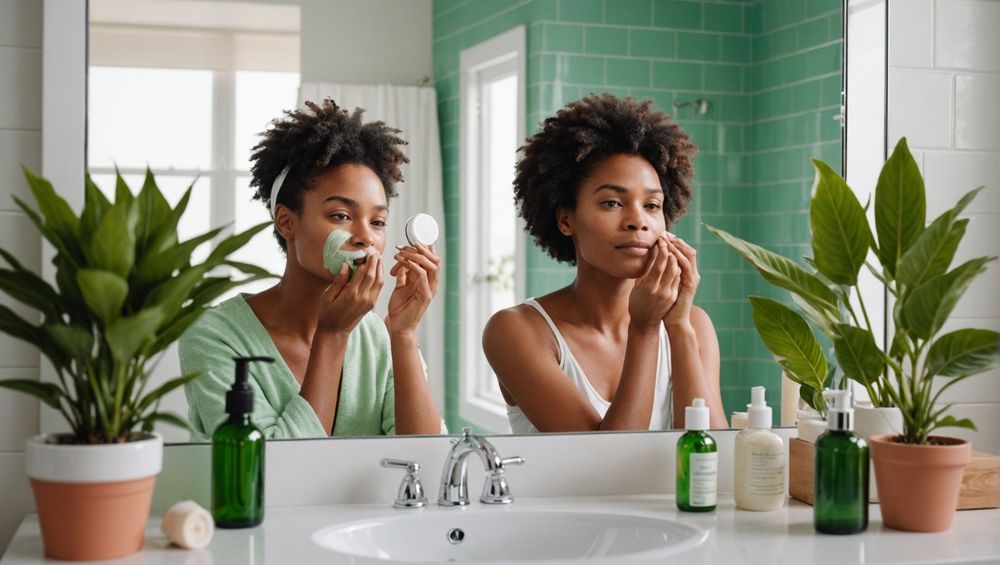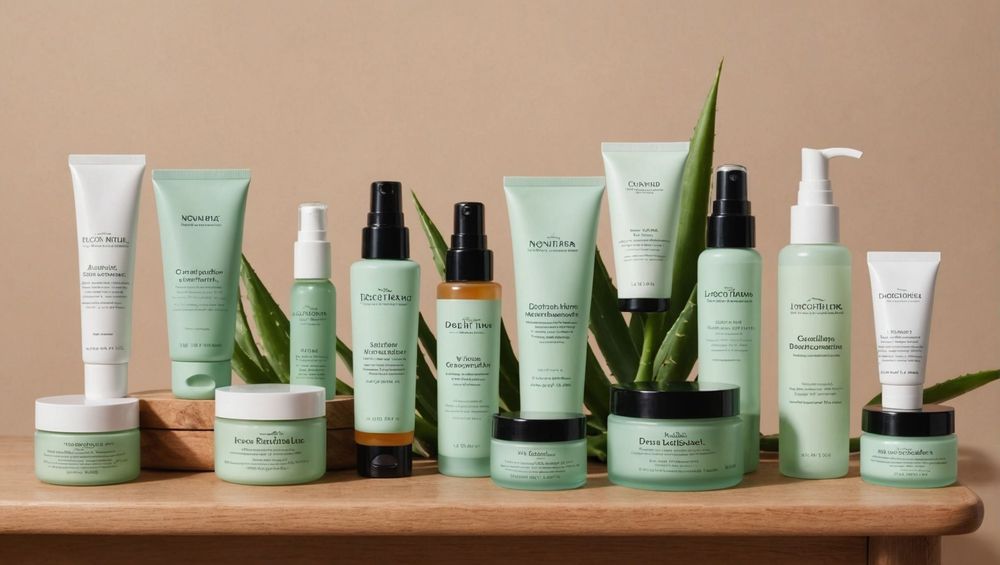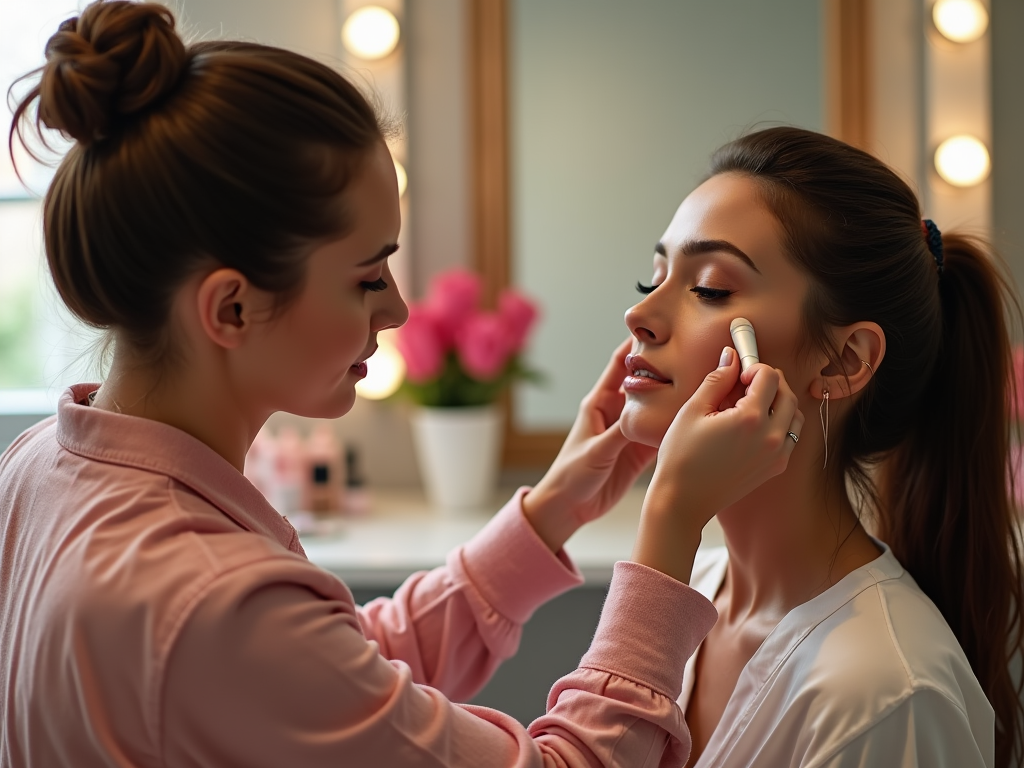
Seeing Red? Here’s How to Reduce Redness on Your Skin, According to the Pros
Experiencing redness on your skin can be frustrating, as it can stem from various factors such as irritation, allergies, or conditions like rosacea. Fortunately, numerous strategies can help alleviate this concern. This article will delve into expert-recommended methods for reducing redness on your skin, addressing both immediate relief and long-term management. From skincare routines to lifestyle changes, understanding the best practices will empower you to achieve a calmer, more even complexion.
Understanding the Causes of Redness

Before embarking on a quest to soothe your skin, it’s crucial to understand what might be causing the redness. Skin redness can arise from a multitude of issues, each requiring different treatment approaches. Common contributors include:
1. **Irritation**: Harsh products or environmental factors can irritate the skin.
2. **Allergic Reactions**: Allergies to certain ingredients in skincare or foods can lead to inflammation.
3. **Rosacea**: A chronic skin condition characterized by facial redness and visible blood vessels.
4. **Sun Exposure**: Overexposure to sunlight can result in sunburn, leading to redness.
5. **Hormonal Changes**: Fluctuations in hormones can affect skin appearance and sensitivity.
Recognizing the underlying cause will guide your choice of treatment. If you’re unsure, consulting with a dermatologist will provide clarity and tailored advice.
Topical Treatments That Help

When it comes to managing redness, topical treatments play a significant role. Opting for ingredients known for their soothing properties can significantly improve your skin’s appearance. Key ingredients to look for include:
- Aloe Vera: Naturally calming, this plant extract helps reduce inflammation and redness.
- Green Tea Extract: Anti-inflammatory and antioxidant-rich, green tea can soothe irritated skin.
- Niacinamide: This form of vitamin B3 strengthens skin barriers and reduces redness.
- Chamomile: Known for its calming effects, chamomile can diminish redness when used in creams or serums.
- Hydrocortisone: A topical steroid that can provide quick relief for inflammation (use sparingly).
Incorporating these ingredients into your skincare regimen may greatly help reduce redness. Always perform a patch test when trying new products to avoid adverse reactions.
Lifestyle Changes for Calm Skin
Beyond topical treatments, certain lifestyle habits can mitigate skin redness over time. Implementing the following changes can greatly enhance your skin’s resilience:
- Stay Hydrated: Drinking enough water keeps your skin hydrated and helps flush out toxins.
- Manage Stress: Stress can exacerbate skin conditions; practices like yoga or meditation can be beneficial.
- Sun Protection: Use a broad-spectrum sunscreen daily to prevent further redness from sun exposure.
- Diet Adjustments: A diet rich in antioxidants, Omega-3 fatty acids, and vitamins can improve skin health. Foods like berries, fatty fish, and leafy greens should be staples.
- Regular Sleep: Sleep is essential for overall health; aim for 7-9 hours of restful sleep each night to promote skin repair.
By taking care of your body from the inside out, you can establish a base for healthier, more resilient skin.
Professional Treatments to Consider
If lifestyle adjustments and topical treatments aren’t effective in reducing redness, you might want to explore professional options. Dermatologists offer several treatments tailored to specific skin concerns, including:
- Laser Therapy: Targeting blood vessels in the skin, laser treatments can effectively reduce redness.
- Chemical Peels: These can improve skin texture and tone, aiding in the reduction of redness.
- Microneedling: This procedure stimulates collagen production, which can help strengthen the skin barrier.
- Prescription Medications: A dermatologist can prescribe medications specifically designed for rosacea and other inflammatory skin conditions.
Consulting with a skincare professional can help determine the most appropriate treatment for your specific needs.
Conclusion
Redness on the skin can be a complex issue, but with a multifaceted approach encompassing understanding your skin, utilizing suitable topical treatments, and making key lifestyle changes, relief is achievable. Remember that results can take time, and it’s essential to be patient and consistent with your routine. Professional support is always available for those who need it. By taking proactive measures, you can pave the way for a calmer, more balanced complexion.
FAQs
1. Can I use skincare products that contain fragrances if my skin is red?
It’s best to avoid heavily fragranced products, as they can irritate sensitive skin. Opt for fragrance-free alternatives instead.
2. How long does it take to see results from topical treatments for redness?
Results from topical treatments can vary based on the product and individual skin type. Generally, you may start seeing improvements within 4-6 weeks of consistent use.
3. What should I do if over-the-counter treatments don’t work?
If over-the-counter treatments don’t reduce redness, consider consulting a dermatologist for tailored advice and potential prescription options.
4. Are there natural home remedies to reduce skin redness?
Yes, remedies such as cold compresses, oatmeal masks, and green tea bags can help soothe irritated skin at home.
5. Is redness always a sign of an underlying condition?
Not necessarily, as temporary redness can be caused by minor irritations or environmental factors. However, persistent or severe redness should be evaluated by a dermatologist.

